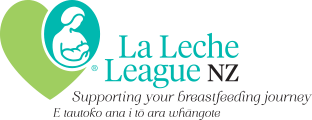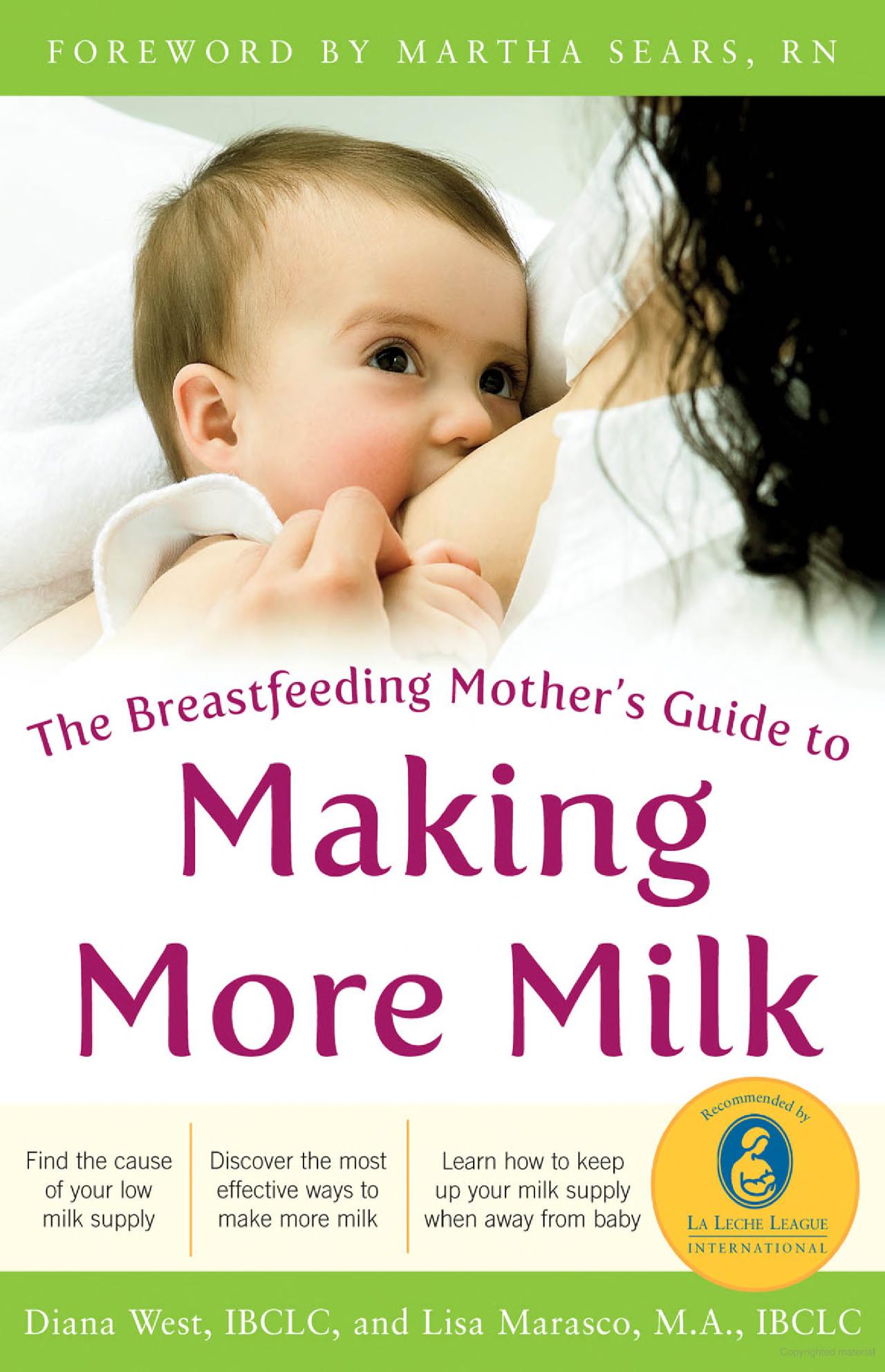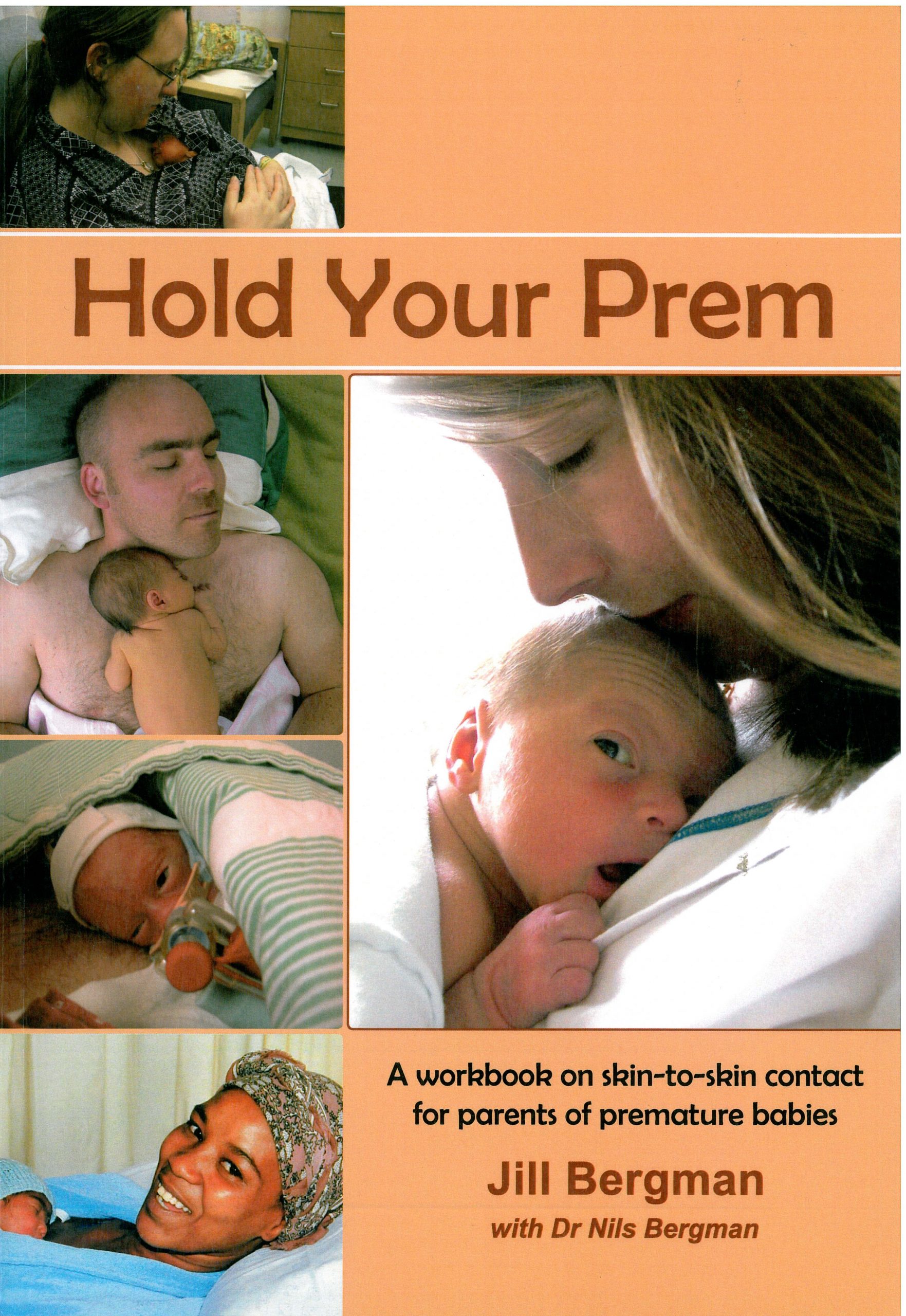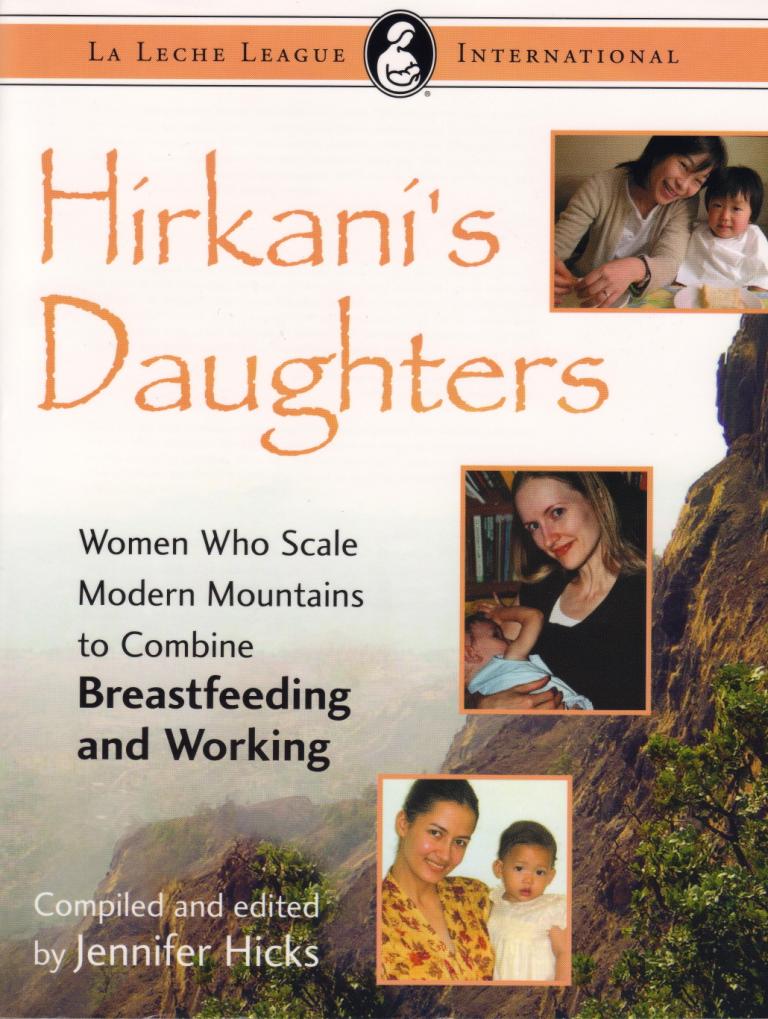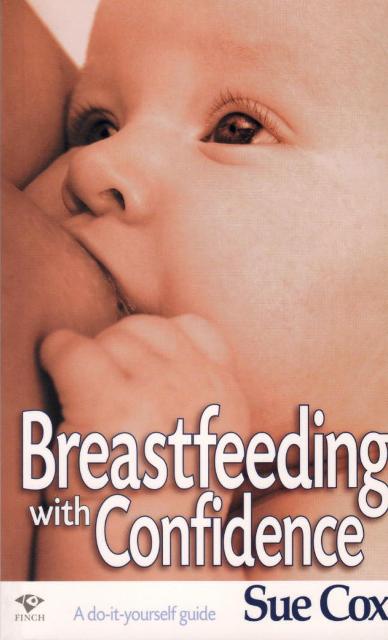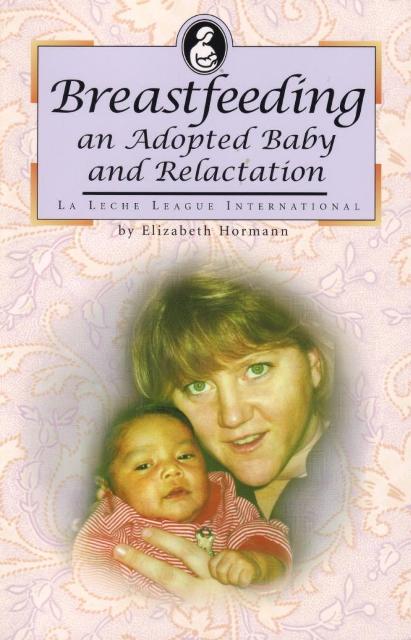The Breastfeeding Mother’s Guide to Making More Milk
The Breastfeeding Mother’s Guide to Making More Milk
This book grew out of Diana West’s previous book, Defining Your Own Success: Breastfeeding After
Breast Reduction Surgery. The sections in that book on strategies for increasing your milk supply
were widely used by mothers and breastfeeding counsellors to help all mothers with low milk
supply and not just those who had undergone breast reduction surgery.
Making More Milk is aimed primarily at mothers who have a low milk supply for whatever reason.
It gives them the tools to be their own detective and to work through possible causes for their low
supply, as well as suggesting strategies to tackle the problem. This book will also be useful for
Leaders and health professionals who are working with mothers who have a low milk supply in
spite of seemingly doing all the right things, like frequent feeding.
The largest section in the book is the one which investigates the possible causes of low milk supply
, and this asks, is it something your baby is doing, is it something you are doing, is it something
about your breasts, is it your hormones, or is it in your mind?
Of course there are also sections on improving breastfeeding management, on supplementing,
and on increasing your milk through the use of various aids such as galactogogues –
pharmaceutical, herbal and homeopathic, and lactogenic foods. Making more milk if you return to
work or study, or in special situations such as prem babies, multiple births, relactation and induced
lactation are also covered.
There are extensive references and a good index but relatively few photographs or diagrams.
There are frequent mentions of useful websites for further information, (including that of the
authors www.lowmilksupply.org), so the book is even more useful if the reader has ready access
to the internet.
Original review, printed in Aroha Volume 11 Number 1
The Breastfeeding Mother’s Guide to Making More Milk
By Diana West and Lisa Marasco
McGraw-Hill, New York, USA, 2008
Reviewed by Rosemary Gordon, LLLNZ
